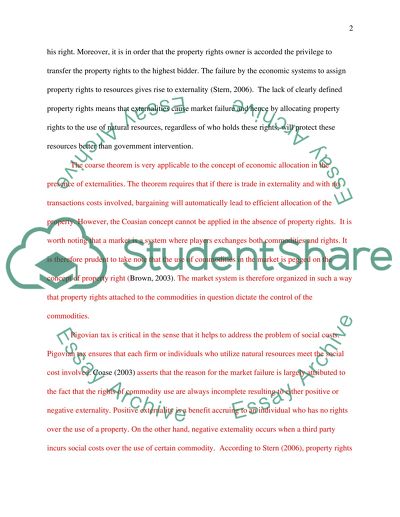Topics in Microeconomics Essay Example | Topics and Well Written Essays - 750 words. Retrieved from https://studentshare.org/macro-microeconomics/1494447-topics-in-microeconomics
Topics in Microeconomics Essay Example | Topics and Well Written Essays - 750 Words. https://studentshare.org/macro-microeconomics/1494447-topics-in-microeconomics.


